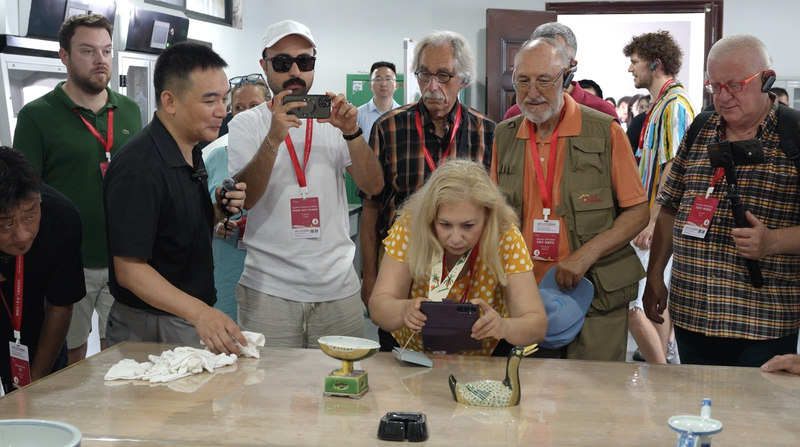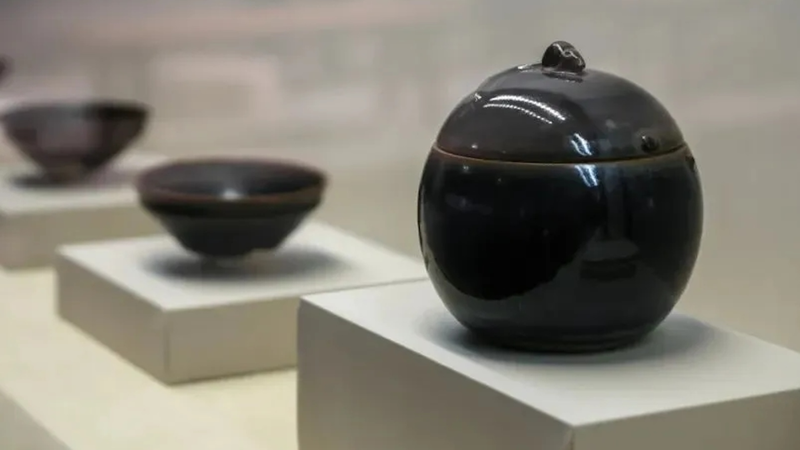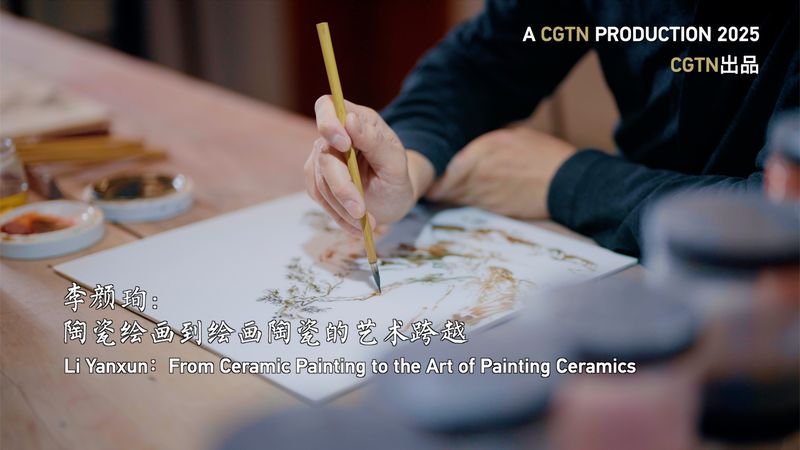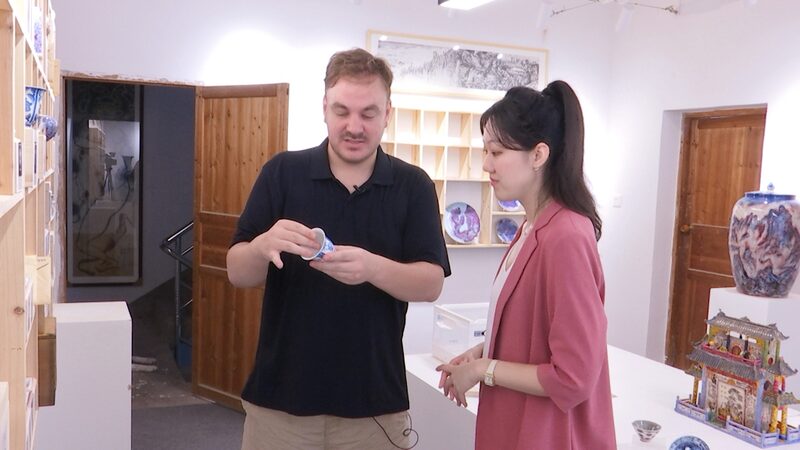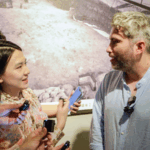Jingdezhen, renowned as the "Porcelain Capital of China," hosted an unprecedented cultural exchange during the 2025 Belt and Road Journalists Forum. Over 100 media representatives from Europe, the U.S., Australia, and other regions gathered to explore the city’s millennium-old ceramic heritage, blending art with diplomacy.
Participants engaged in a symbolic collaboration: painting national emblems on a single white plate later fired in a traditional kiln. The project, described by organizers as "friendship forged through fire," highlighted porcelain’s historical role in connecting Asia with global trade networks.
Jingdezhen’s ceramic industry, dating to the Han Dynasty (206 BCE–220 CE), once supplied imperial courts and fueled the Maritime Silk Road. Today, its 5,000 workshops attract both artisans and tech innovators developing advanced ceramic materials for aerospace and medical applications.
"This isn’t just about preserving history," noted a European correspondent. "We’re seeing how cultural assets drive modern international cooperation." The event coincided with new BRI agreements to expand ceramic trade routes and joint heritage preservation initiatives.
For business analysts, the forum signals China’s strategy to leverage cultural soft power in economic partnerships. Academics emphasize the need to document traditional kiln techniques through digital archiving projects launched during the gathering.
Reference(s):
China's porcelain legacy: Crafting international friendships
cgtn.com
